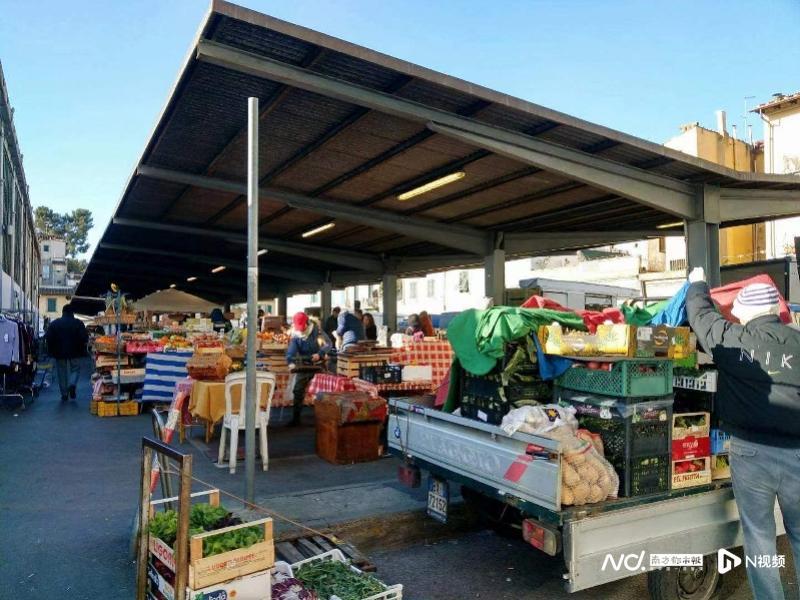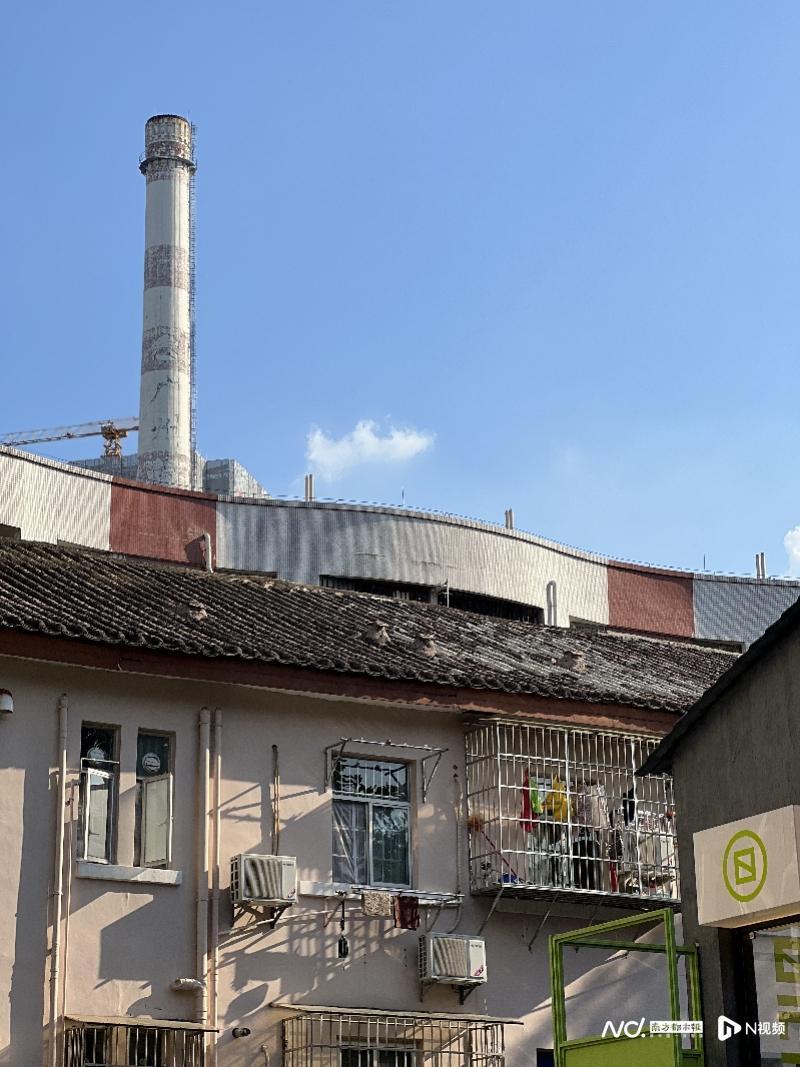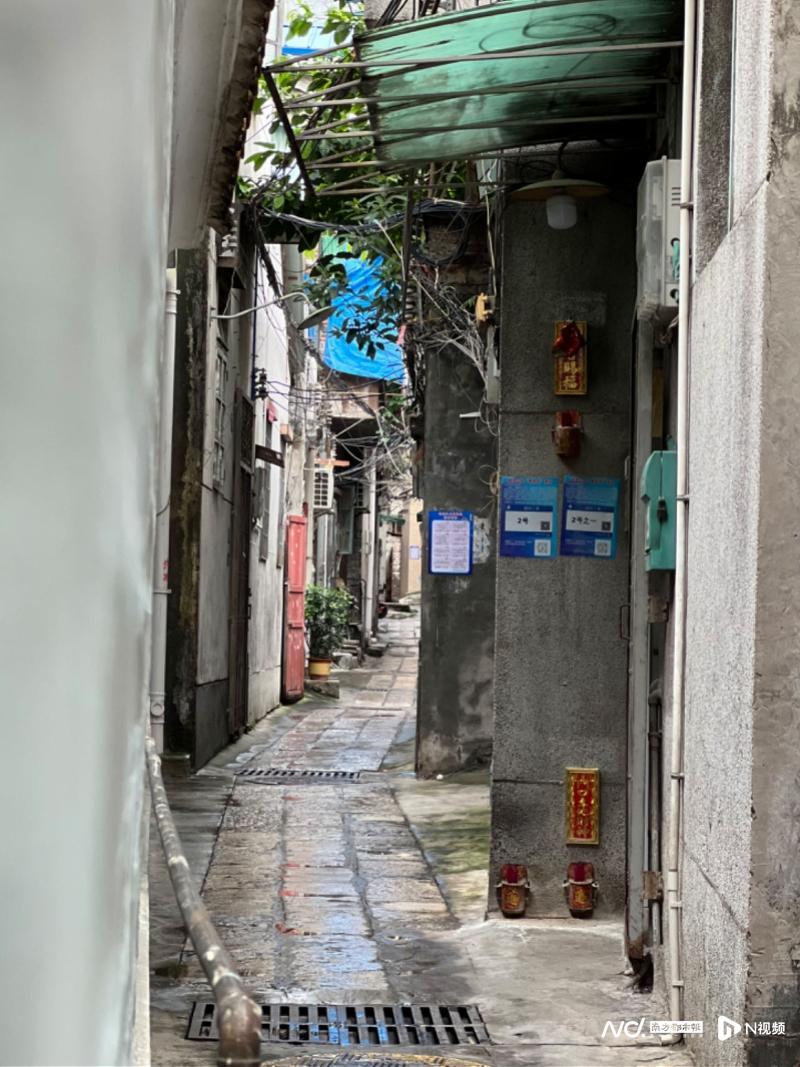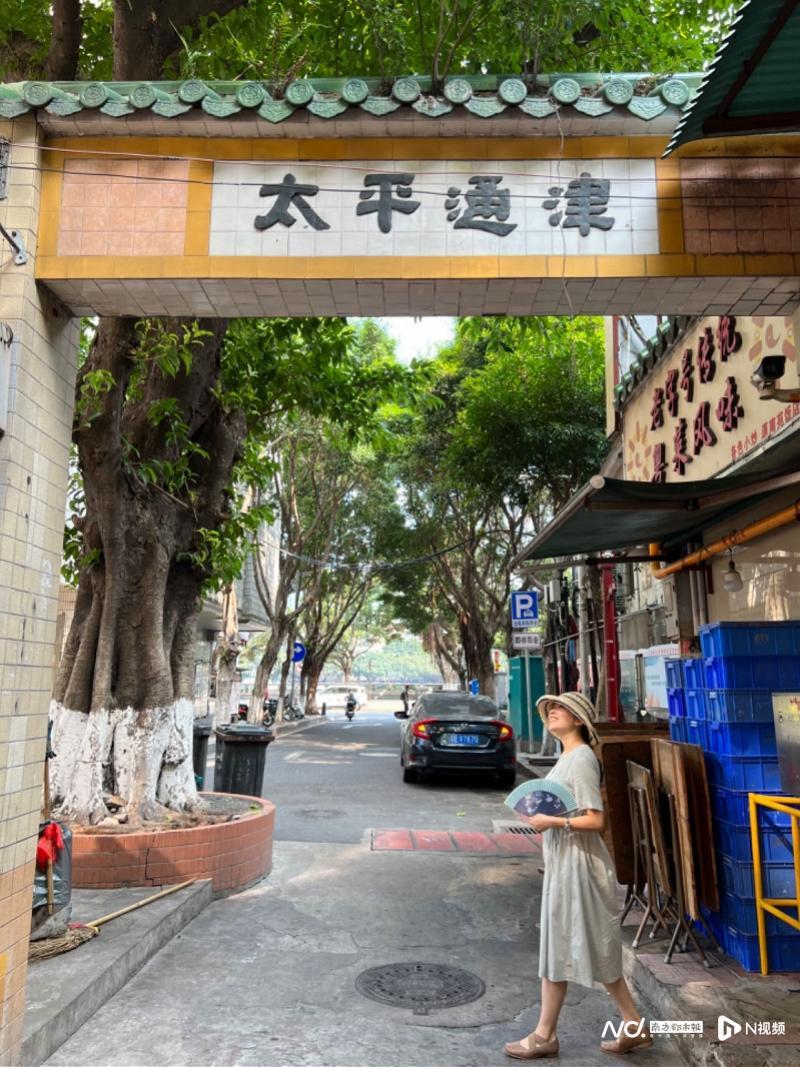This new type of tourism is on fire: shopping on the road? Or are you addicted to urban exploration?
Recently, Citywalk (translated as city walk, city roaming, city micro-travel, etc.) has become a trendy way of travel. It refers to roaming in the streets and lanes of the city mainly by walking, or walking along a certain route in a planned way. Looking for historical sites around Beijing Xisi, visiting an old city box in Shanghai, and finding an old road with food and fireworks hidden in Guangzhou. Different from punching in and taking a quick look at popular scenic spots, roaming helps to re-understand the city and think about its relationship with the daily environment.
Xue Lan, an associate professor in the Department of Tourism at Fudan University, believes that compared with traditional tourism, it is more flexible and convenient, and can better meet the tourism and leisure needs of contemporary urban residents with fast pace of life and fragmented time. There is a lot of space for local departments to participate in and support the city stroll that is on fire.
In April this year, the results of a tourism survey initiated by the media showed that among several new tourism modes, city strolling became the mode that most young people wanted to try. It is understood that city strolls originated in Europe, and have sprung up in Shanghai, Beijing, Nanjing and Guangzhou in China in recent years. It roams the city mainly by walking in a relatively short period of time, and is considered to have a more substantial new tourism experience. Participants include people living in the local area and travelers from other places.
Netizen "He Lazy" has participated in city strolls in Europe and China. According to her introduction, when she was in Europe, she followed more teams and had commentators; In China, they usually participate by themselves, and there is no commentator. When participating in activities, most of them are purely walking, and the duration varies from 1.5 hours to 3 hours. Sometimes, it’s not limited to walking. For example, some routes have a long span and need to take a tram on the way. In addition, they have tried to ride a bicycle.

Florence market route, netizen "He Lazy" for the picture.
On the route selection of city strolls, she prefers the route types related to food, historic buildings and customs, and usually designs her own route. In this regard, "He Lazy" summed up a more mature idea.
First of all, understand the historical and cultural background, recent news and related literature, film and television works here, focus on humanistic characteristics and food culture, and select the key words of interest; Secondly, search the characteristic blocks here and ask the local people’s lives and stories; Then, the points of interest are classified and marked on the map, and the route between points is not fixed; Then set out to go shopping and record the places you walked while feeling. In this process, arrange and optimize your own line design and highlight the theme.
Compared with traditional tourism, she feels that city walking brings more immersion and experience. Therefore, every time she goes to a city, city walking becomes a way for her to explore, find interesting and inspiration. The Art Nouveau architectural route in Riga, the flavor food route in Singapore, the dessert route in Siena, the exotic restaurant route in Guangzhou, the flower city square route, and the Yanjiang road route not only represent a traveler’s footprint, but also include her thinking and understanding of the city.
In the last month, the netizen "Conan Tsai" shared several good places to stroll in Guangzhou. She mentioned Taiping Tongjin, which everyone may not pay attention to in the scenic spot of Beijing Road Pedestrian Street, and introduced it as a treasure place where authentic Cantonese restaurants, coffee shops and literary hat shops are hidden. She took many photos of Haizhu paper mill area, trying to draw people’s attention to the lonely chimneys, the slanting sunset, the fragrance of plumeria and the yellow-skinned trees that can be seen when turning around.

Guangzhou Haizhu paper factory area photographed by netizen "Conan Tsai".
"Conan Tsai" believes that the concept of city walking may have been formed late, but this kind of action has already existed. Different from chasing hot spots, city walking can make travelers go deep into smaller landscapes. For example, behind the paper mill area is a glorious industrial history, which is an important part of the urban development process. "The popular one-day tour and two-day tour in Guangzhou may not be involved, which requires you to explore slowly on foot or by bike."
She is a native of Laoguang, but she has also experienced the process of "familiarity" and "strangeness" to this city. She found that there were so many roads and areas in Haizhu that she was unfamiliar with. "We have so many cultures and a long history, and exploration should start at our own doorstep." So, she first walked the textile road near her home again, "never walked so seriously." The daily surrounding environment will be very strange. What is the name of the road here? What happened here before? "Conan Tsai" began to look through the materials, and at the same time asked his parents to trace back to "nearby" past lives.
Textile Road as a starting point, "Conan Tsai" has been expanding its re-understanding radius of Guangzhou, brainstorming to collect themes, and consciously exploring different streets and villages. She wandered in Zengbu, an ancient village in Liwan, chatting with the villagers and experiencing the history and enthusiasm of the villagers. City strolls are often accompanied by unexpected surprises. While roaming Zengbu Village, she came across a Nanjing Road nearby. "It turns out that Guangzhou not only has Beijing Road, but also Nanjing Road. Although not as famous as Nanjing Road in Shanghai, it also has its own story. "

Photo courtesy of Conan Tsai, Zengbu Village, Liwan.
In fact, city strolling has appeared in China for many years. Since 2010, Guangzhou citizens have spontaneously formed a "Guangzhou Neighborhood Love" group to carry out the activity mode of city guided tours. The first route started from Tongfu Road in Haizhu, and then extended to Nantian Road, Gongye Avenue and Baogang Avenue. Several people organized a group to walk through the streets, looking for old buildings and exploring the relationship between place names, dialects, climate and food.
Shanghai is the earliest and most mature city in China. Xue Lan, an associate professor in the Department of Tourism at Fudan University, told Southern Reporter that there was no consensus on the specific time node of the rise of urban strolls in China. It is understood that the "Scarecrow Tour", which has a great influence on city walking in Shanghai, started around 2007. It was initially carried out irregularly, focusing on social interaction and the fees were very low.
In 2014, during the Shanghai Tourism Festival, the Shanghai Tourism Bureau launched the "Micro Tour to Shanghai" activity, and the city stroll was officially recognized. At that time, the government developed six theme routes, including "Walking along the Su River", "Treasure Hunting", "Dialogue with Zhang Ailing" and "Fengyun Shanghai Beach". Visitors can get to know and understand the city again through "city walking" in the elements of Shanghai in various periods.
Recently, city strolls have gradually become popular on social platforms, and related punch cards, experience posts, and interactivity are all high. Xue Lan said that in recent years, urban strolls have received more attention. On the one hand, due to the impact of the epidemic, urban strolls are favored by tourists because of the convenience and safety given by its localization. On the other hand, the city stroll itself has been growing, attracting many urban culture lovers to participate in it and bringing it to more and more cities.

Guangzhou Yuexiu Taiping Tongjin, "Conan Tsai" shot.
For the prevalence of city strolls, some netizens made fun of it: Is this a tour? Isn’t it just shopping and pressing the road? In response to this statement, the participant "He Lazy" thinks that it is a kind of tourism, but it is different from the traditional form of tourism. After "He Lazy" posted several related posts on the Internet, some foreign tourists also came to consult her and planned to give it a try. "I think it’s more suitable for tourists who have plenty of time to reserve or have a clear direction to visit." She said.
Xue Lan also expressed her views from the perspective of researchers. She said that city walking is exactly the same as tourism in form, that is, organized walking and sightseeing; Compared with traditional tourism, it is more flexible and convenient, and can better meet the tourism and leisure needs of contemporary urban residents with fast pace of life and fragmented time.
From this, she reflected on the concept of tourism. In the past, the definition of the concept of tourism was often based on the environment in which it was carried out, that is, the unaccustomed environment. However, in modern society, the behavioral boundaries between local residents and foreign tourists sometimes tend to be blurred, including local residents who act like tourists and tourists who act like local residents. "It is better to understand what tourism is from the perspective of’ unconventional experience’ than to stick to the factor of’ unconventional environment’."
Xue Lan told reporters that with the rise of global tourism and the daily trend of tourism aesthetics, some foreign tourists increasingly like to punch in non-tourist spaces such as residential areas and vegetable markets, rather than visiting traditional tourist attractions. Walking in the city can cater to the tourism needs of this part of foreign tourists.
Nandu reporter learned that in addition to spontaneous and self-exploring city strolls, there are also groups that charge fees in many cities. During the activity, there will usually be a special person to explain. Commentators are generally people who are familiar with the city’s human history and are keen to dig up the city’s stories.
An activity organized by a city stroll group in Shanghai costs 88 yuan per person, and the number of applicants is limited to 32. The reporter compared the group fees in several cities and found that the fees ranged from tens of yuan to one or two hundred yuan, and the upper limit of the group ranged from several people to dozens of people.
It remains to be seen how big the market space for city strolls is, and there are still some obstacles to form a benign business ecology. However, Xue Lan believes that city strolls organized and led by commentators will gain more in-depth experience than self-organized activities. With the continuous iteration and innovation of the industry, there will be more diversified urban strolling activities for more types of audiences in the future, such as adding lectures, manual experience, cycling, VR equipment and other elements for children, the elderly, business groups, professionals and so on.
The reporter noticed that at present, all localities are also interested in actively promoting the concept of city strolling. For example, Guangzhou Huangpu recently launched the cheung chau island city strolling punch line for college students.
Xue Lan said that there is a lot of space for local authorities to participate in the city stroll that is on fire. For example, the cultural tourism department in Shanghai has always been an important participant and promoter of urban micro-tourism, carrying out the "building readable" activity and equipping historical buildings with QR codes for tourists to obtain information; Promote the opening of cultural relics protection buildings at all levels for the public to visit, including many commercial buildings that have not been opened before; Publish urban micro-tourism routes with different themes for tourists to organize their own tours, and launch free urban micro-tourism activities for the public. In addition, local cultural and tourism departments can provide support in resource integration, industry support, personnel training, publicity and promotion, market supervision and so on.
Written by Southern Reporter Ma Hui
Photo courtesy of respondents